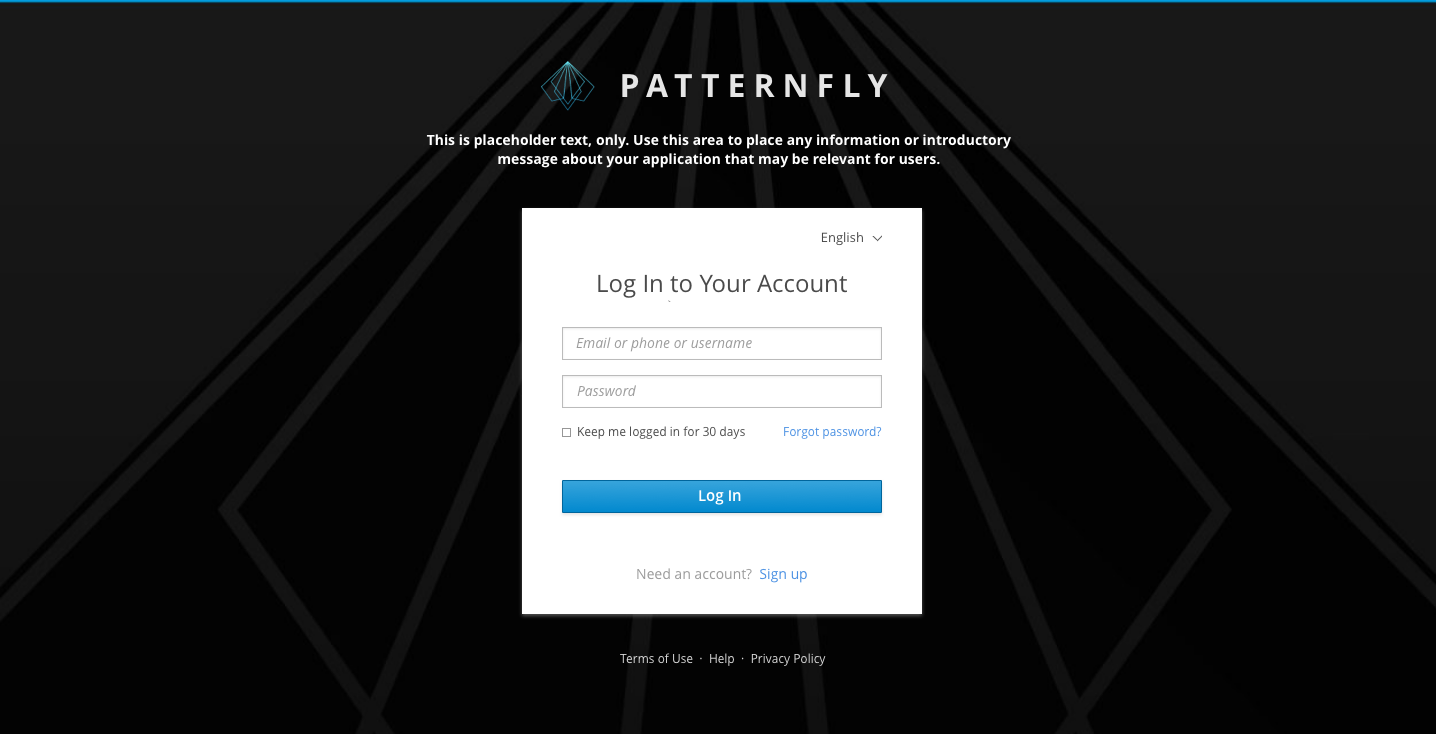
The time it takes you to become a web programmer depends on many factors. One of the most important is experience. Strong technical skills will make it easier to progress quickly into the more complex areas of web development. If you don't have any programming experience, it will be necessary to learn the basics.
You might consider taking free classes in programming languages. Online service providers can offer free classes in HTML and CSS. These programs can include exercises like coding your projects. This can help you develop new skills.

You might also consider a coding bootcamp. These programs are meant to teach you the skills that will allow you to find a job. They typically take less time than a traditional four-year degree program. They are also typically cheaper. The bootcamps will cover HTML, CSS, JavaScript and other educational resources. Some bootcamps will also teach you about back-end coding languages such as SQL and Python. These programs are ideal for people who want to change careers or have part-time jobs.
Web developers are multitaskers. They design and code websites. A web developer may also be responsible to create a plan for the site or work with other members of the team. They meet with decision-makers to define the purpose of the website and determine its flow and content. They are responsible for the website's appearance. A web developer can also choose to specialize. This could lead to a quicker career path.
There is a good chance you will be able to become a web designer in six months. That's according to Payscale, which reports that entry-level web developers earn a median salary of $51,000. But it is important to remember that experienced workers earn more than entry-level employees. Good web developers will have the drive and the plan to succeed. A solid plan will allow you to get the best results.
While a coding bootcamp will teach you many of the skills you need to build a web site, you might want to take additional classes in the areas you are most interested in. A bachelor's degree in computer science is the best route to becoming a web designer. A bachelor's level in computer sciences will typically have a combination of general courses and web development courses.

Several higher learning institutions offer web development boot camp programs. These programs teach you how build a site and prepares you for the world of work. These programs are available in various lengths, ranging from six months to 24 week.
FAQ
How Do I Choose A Domain Name?
It is important that you choose a domain name that is memorable. A great domain name will help people find your site when they search for your product.
Domain names should be simple, short, easy-to-remember, relevant to your brand and unique. In order to make your domain name memorable, people should be able to type it into their browsers.
These are some suggestions for choosing a domain.
* Use keywords that are related to your niche.
* Do not use (-), symbols or hyphens.
* Don't use.net or.org domains.
* Use words that are already used.
* Avoid generic terms like domain or website.
* Check that it is available.
How Much Does it Cost to Create an Ecommerce Website?
This depends on your platform and whether you hire a freelancer or go through a service provider. eCommerce websites start at about $1,000.
You can expect to pay between $5000 and $10,000 for a platform once you have decided.
If you're planning on using a template, you probably won't pay more than $5,000. This includes any customizations you may need to match your brand.
Web development: Is it hard?
Web Development can be challenging, but there are many resources online to help you learn.
The only thing you need is to search for the right tools and follow their steps step by step.
YouTube and other platforms have many tutorials. Online software like Sublime Text and Notepad++ is also available for free.
Many books are also available in libraries or bookstores. Some of the most sought-after books are:
O'Reilly Media's "HeadFirst HTML & CSS"
O'Reilly Media presents "Head First PHP and MySQL 5th Edition"
Packt Publishing, "PHP Programming For Absolute Beginners",
I hope this article helped you.
Statistics
- The average website user will read about 20% of the text on any given page, so it's crucial to entice them with an appropriate vibe. (websitebuilderexpert.com)
- It's estimated that chatbots could reduce this by 30%. Gone are the days when chatbots were mere gimmicks – now, they're becoming ever more essential to customer-facing services. (websitebuilderexpert.com)
- It enables you to sell your music directly on your website and keep 100% of the profits. (wix.com)
- Studies show that 77% of satisfied customers will recommend your business or service to a friend after having a positive experience. (wix.com)
- When choosing your website color scheme, a general rule is to limit yourself to three shades: one primary color (60% of the mix), one secondary color (30%), and one accent color (10%). (wix.com)
External Links
How To
What is website hosting?
Website hosting refers simply to the place that people visit when they visit a website. There are two types:
-
Shared hosting - This is the cheapest option. Your website files reside on a server controlled by someone else. Your customers' requests travel via the Internet to your server when they visit your site. The server owner then forwards the request to you.
-
Dedicated hosting - This is the most expensive option. Your website resides entirely on one server. Your traffic stays private as no other websites can share the same server.
Shared hosting is cheaper than dedicated hosting for most businesses. With shared hosting, the company that owns the server provides the resources needed to run your website.
But there are pros and cons to both options. Here are the differences:
Shared Hosting Pros:
-
Lower Cost
-
It's easy to set up
-
Frequent updates
-
It is possible to find it on many web hosting companies
Shared hosting can often cost as little as $10/month. Keep in mind, however, that bandwidth is usually included in the price. Bandwidth refers to the amount of data you can transfer across the Internet. Even if only you upload photos to your blog or website, high-volume data transfers may incur additional charges.
Once you start, you'll quickly realize why you were paying so much for your previous host. The majority of shared hosts offer limited customer support. You'll be on your way after they walk you through setting it up.
Look for a provider who offers 24/7 phone support. They'll take care of any issues that come up while you sleep.
Hosting dedicated:
-
More Expensive
-
Less Common
-
Requires Special Skills
With dedicated hosting, everything you need for your website is at your fingertips. You don't need to worry about bandwidth usage or RAM (random access memory).
This means that upfront, you'll need to spend a bit more. But once your online business starts, you'll realize you don't need any technical assistance. You'll soon be an expert at managing servers.
Which Is Better For My Business, So Which Is Better?
The answer will depend on the type and purpose of your website. If you are selling products, shared hosting may be the best option. It's very easy to setup and maintain. A server shared with several other sites means that you will receive frequent updates.
However, dedicated hosting can be a great option if you're looking to build a community around the brand. Instead of worrying about traffic, you can concentrate on building your brand.
Bluehost.com has both. They offer unlimited data transfers per month, 24/7 support and free domain registration.